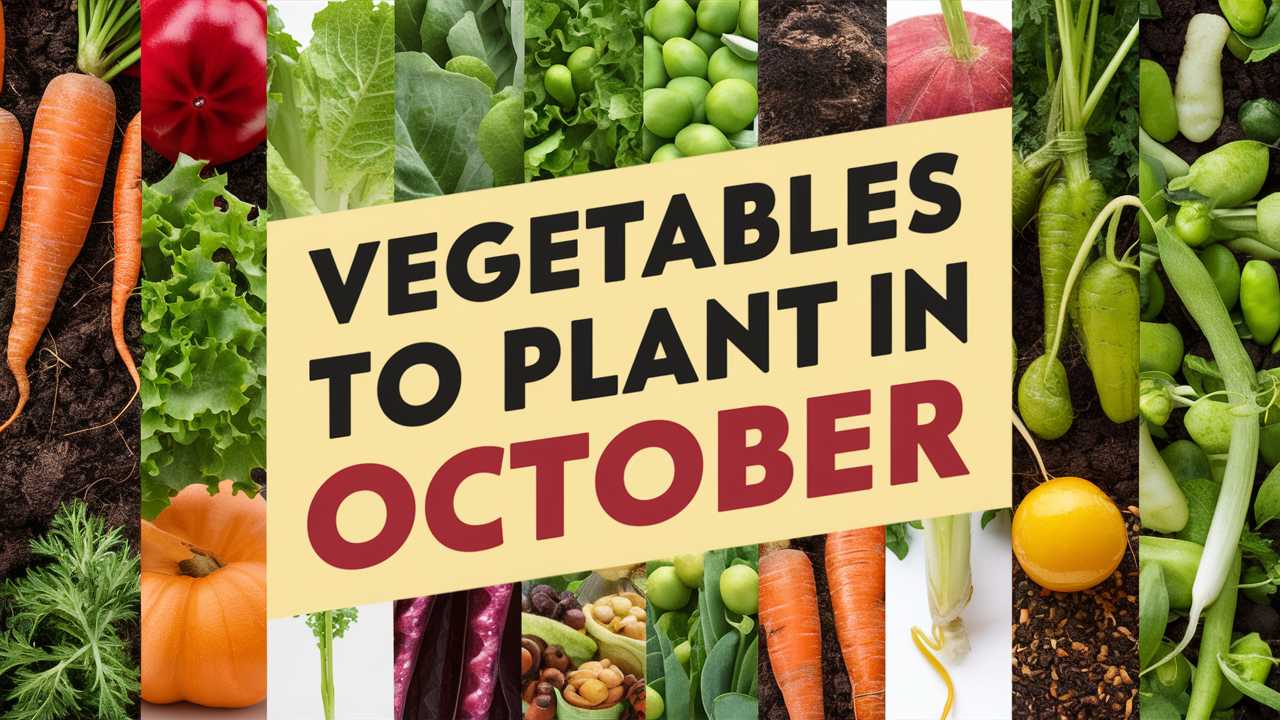As October settles in with its cool breeze and changing leaves, gardeners have ample opportunities to cultivate various vegetables. The chill in the air signals that it’s time to plant crops that thrive in cooler temperatures.
This guide will provide deeper insights into each of the 25 vegetables perfect for October planting, ensuring your garden is bountiful come harvest time.
Leafy Greens
Leafy greens are an excellent choice for October planting as they tend to grow well in cooler weather and many can withstand frost.
Spinach
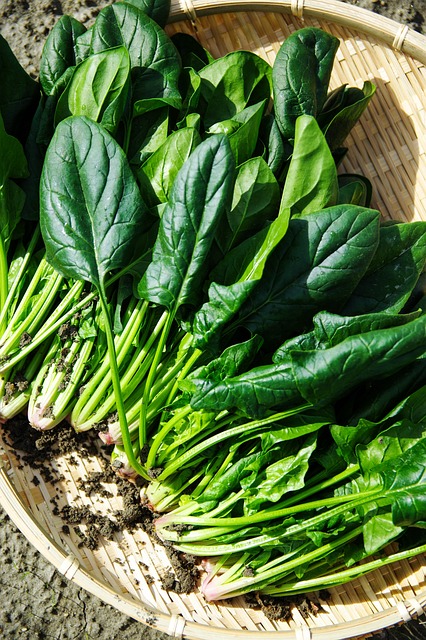
Spinach can be sown directly into the soil in rows or broadcasted for a more natural look. For optimal growth, prepare your soil by tilling it thoroughly and adding compost. Spinach prefers well-drained, nutrient-rich soils with a pH between 6.5 and 7.0. Keep the soil consistently moist but not waterlogged, as spinach is prone to root rot. Mulching can help retain moisture and suppress weeds. You’ll start harvesting baby leaves in about 30 days, and mature leaves in around 45 to 50 days.
Kale
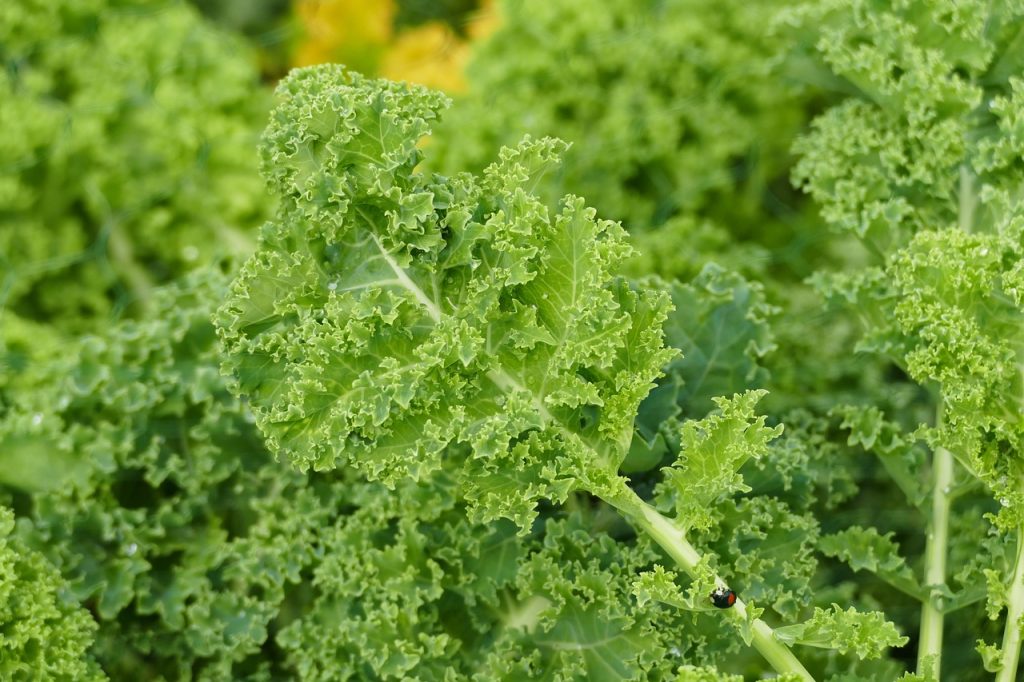
Kale can be direct-seeded or transplanted as seedlings. Make sure to position seedlings about 12 to 18 inches apart in rows spaced 24 inches apart. Like spinach, kale prefers rich, well-drained soil, and a pH of around 6.5 to 7.0. Regular watering is essential, especially during dry spells. When temperatures drop, kale becomes sweeter, so expect a tasty reward as frost sets in. You can start harvesting by cutting the outer leaves first, allowing the plant to continue producing.
Swiss Chard
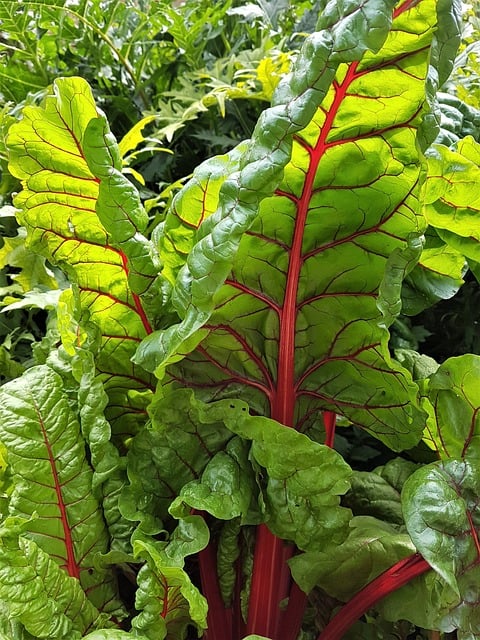
Gardeners can either plant Swiss chard seeds directly in the ground or transplant seedlings. These plants require about 18 inches between each seedling to accommodate their broad leaves. Swiss chard thrives in rich, moist soil with a pH level of 6.0 to 7.0. Water consistently, especially during dry periods. Swiss chard’s vibrant colors make it an attractive addition to any garden. Harvest by cutting leaves at the base; this prompts further growth.
Mustard Greens
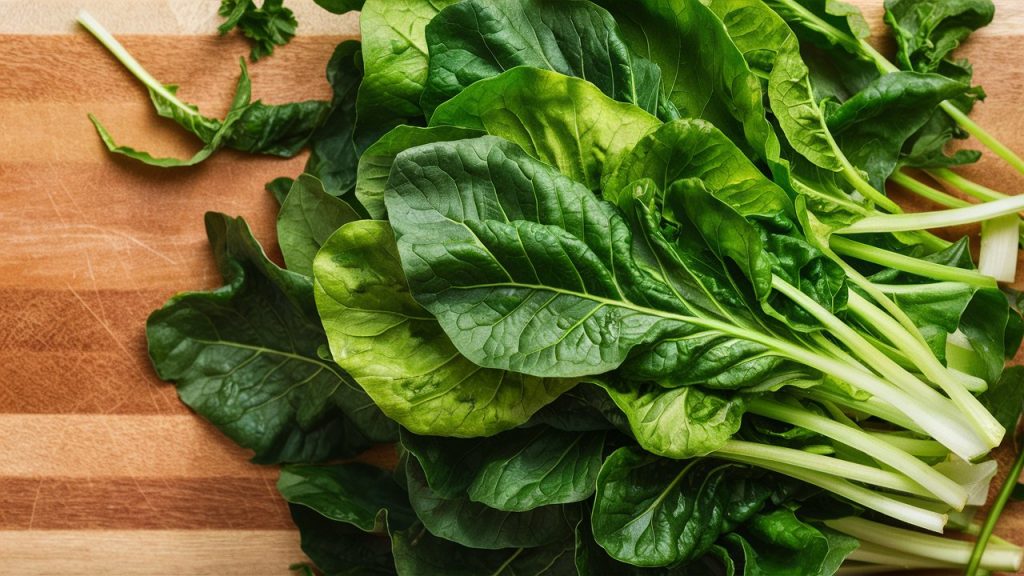
Mustard greens are rapid growers and can be direct-seeded into well-tilled soil. Space seeds about 6 to 12 inches apart, depending on the variety. Mustard greens prefer slightly acidic to neutral soils with a pH of 6.0 to 7.0. They grow well in full sun to partial shade and should be watered regularly for optimal leaf development. You can start harvesting young leaves in just 30 days, but for larger, more mature greens, wait about 50 days.
Root Vegetables
Root vegetables love the cooler temperatures of fall and develop sweeter flavors when grown in such conditions.
Carrots
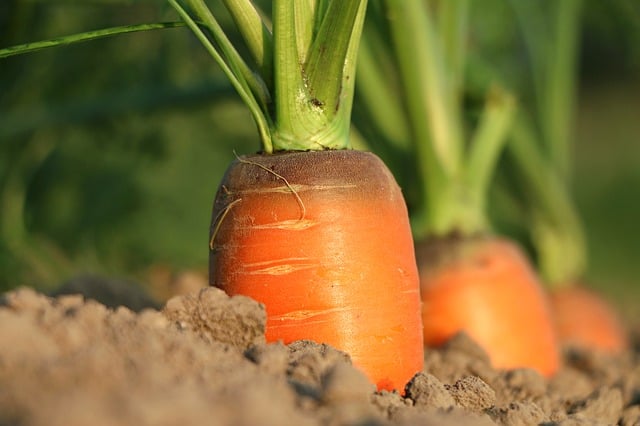
Carrots grow best when sown directly into loose, sandy loam soil, which promotes healthy root development. Ensure your soil is well-draining and avoid rocks or clumps, which can cause deformities. Carrots require about 2 to 4 inches of space between seeds. They take approximately 70 to 80 days to mature fully. Water them consistently, particularly during dry spells, and thin seedlings to prevent overcrowding—a common mistake that can lead to stunted growth.
Beets

Plant beet seeds about 1 inch deep, spaced about 2 to 4 inches apart in rows that are 12 to 18 inches apart. Beets prefer well-drained soil with a pH of 6.0 to 7.0, rich in organic matter. Regular watering, particularly during dry periods, is crucial for optimal growth. You can harvest beet greens early and continue growing the roots until they reach the desired size, usually around 50 to 70 days.
Turnips
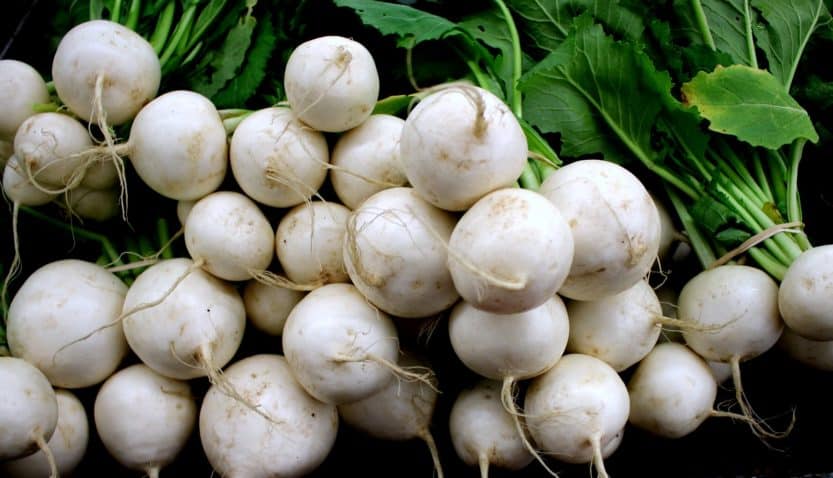
Turnips are easy to grow from seed and thrive in well-drained soil with a pH range of 6.0 to 7.0. Sow seeds about half an inch deep and 1 inch apart, with rows spaced 12 to 18 inches apart. Turnips grow relatively fast, maturing in 30 to 60 days. They’re also versatile: both the roots and the greens are edible. Regular watering is essential, especially during drying months, but ensure good drainage to prevent rotting.
Radishes
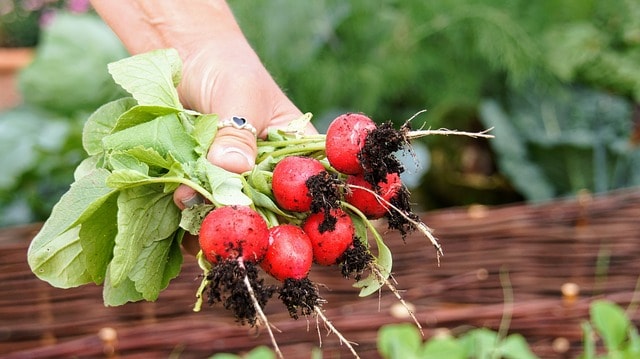
Radishes are among the fastest-growing vegetables, with some varieties maturing in as little as three weeks. Sow seeds about 1/2 inch deep and 1 inch apart, with rows spaced about 12 inches apart. Radishes flourish in loose, well-drained soil with a pH of 6.0 to 7.0. Water regularly but avoid saturating the soil. Quick succession planting can lead to continuous crops throughout the fall.
Brassicas
Brassicas excel in cooler months and offer a range of nutritional benefits.
Broccoli

Broccoli prefers nutrient-rich soil that drains well, with a pH of 6.0 to 7.0. Sow seeds indoors 6-8 weeks before the last frost or directly in the garden in early October. Space seedlings roughly 18 inches apart in a sunny area. Adequate watering, particularly during dry spells, is essential. With a typical maturity timeframe of 70 to 100 days, broccoli can also produce side shoots after the main head is harvested, ensuring an extended harvest period.
Cabbage
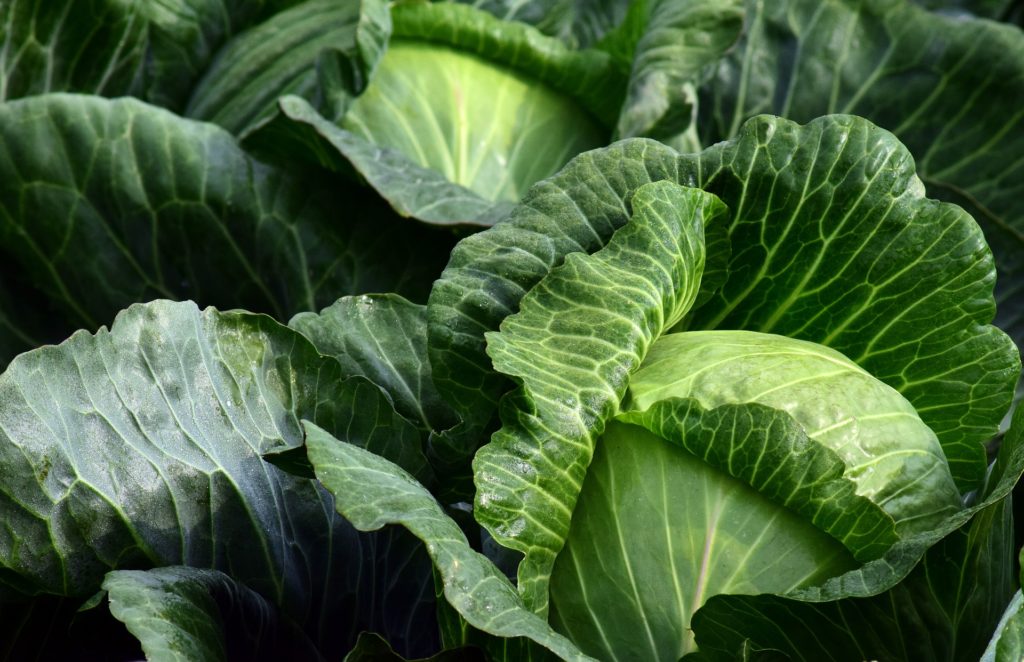
Cabbage thrives in fertile, well-drained soil with a pH of 6.0 to 6.5. You can transplant seedlings or sow seeds directly in the ground about 1/4 to 1/2 inch deep. Space them about 12 to 18 inches apart, and remember that cabbage requires consistent moisture, so watering regularly is key. With a maturity span of about 70 to 90 days, young leaves can be harvested while allowing mature heads to develop fully.
Brussels Sprouts
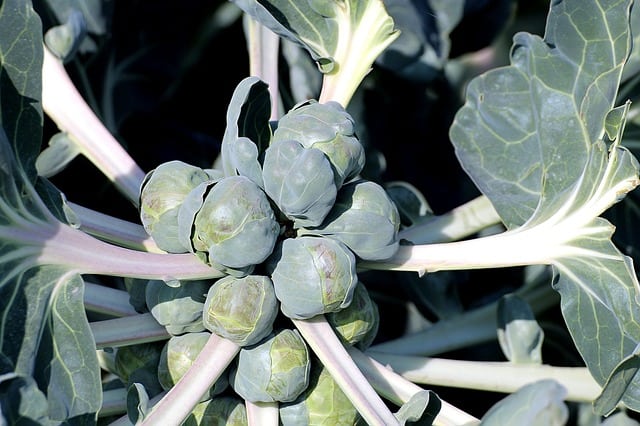
Brussels sprouts require a longer growing season, and planting in October can give you an earlier start next spring. Prepare soil with rich compost, ensuring it has a pH level around 6.5 to 7.0. Space seedlings about 24 inches apart and water them consistently. These sturdy plants usually take around 90 to 100 days to mature. To get the best flavor, harvest once they reach about one inch in diameter, working from the bottom up as they mature.
Cauliflower
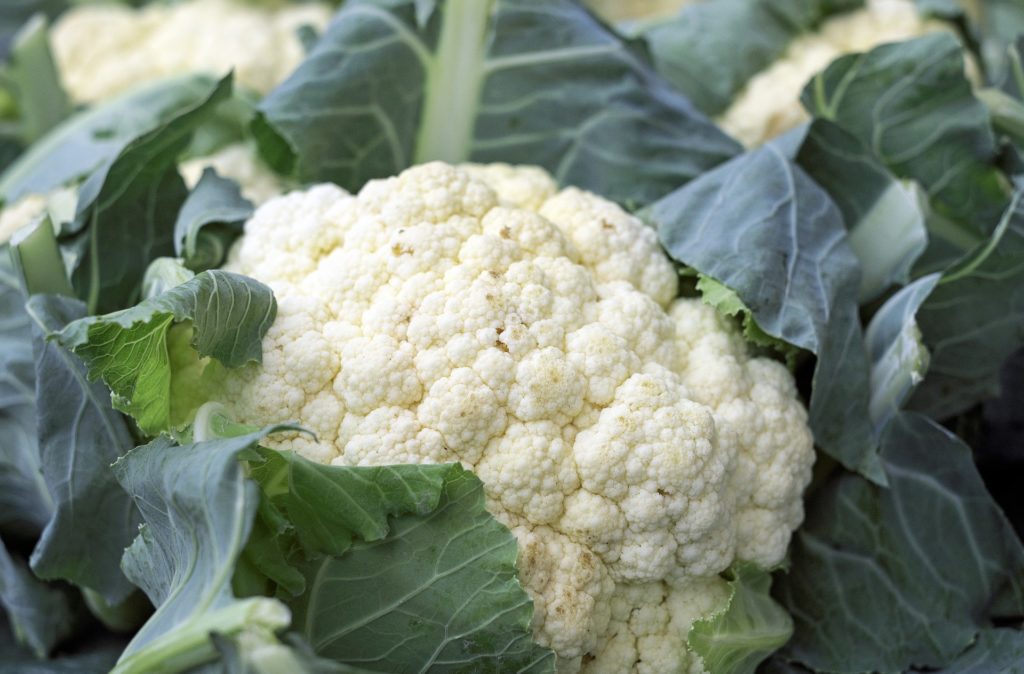
Cauliflower prefers cool weather and is sensitive to heat, making October planting ideal. Transplant seedlings 18 inches apart in rich, well-drained soil with a pH level of 6.0 to 7.0. Ensure constant moisture levels; this plant can take anywhere from 55 to 100 days to mature. Protect the heads from sun exposure by wrapping leaves around them—a technique known as blanching. Cauliflower is sensitive to nutrient levels, so regular fertilization is beneficial.
Peas and Beans
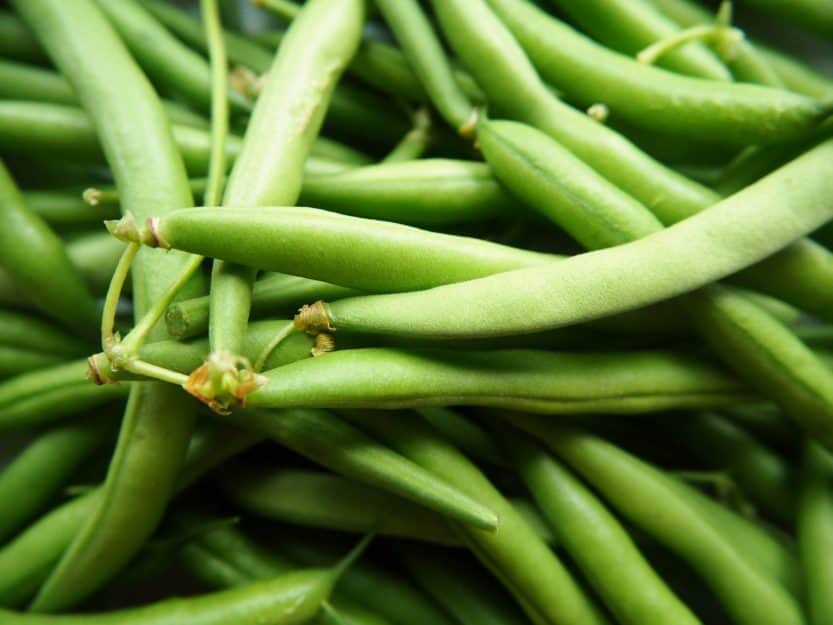
Peas and beans can be planted in October, particularly in warmer climates or protected areas.
Snap Peas
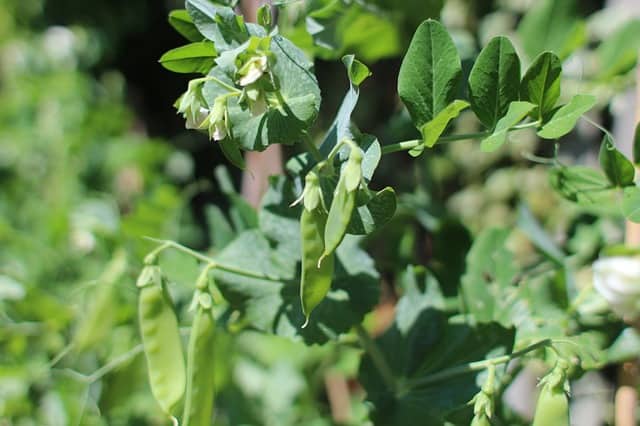
Snap peas thrive in cool weather and can be direct-seeded about 1 inch deep, spaced 1 to 2 inches apart. Trellis or fence support is necessary for climbing varieties, which also aids in air circulation. These plants prefer well-drained soil with a pH level between 6.0 to 7.0. Regular watering is essential, but avoid soggy soil. Snap peas typically mature within 60 days and can be harvested young for the best taste.
Fava Beans
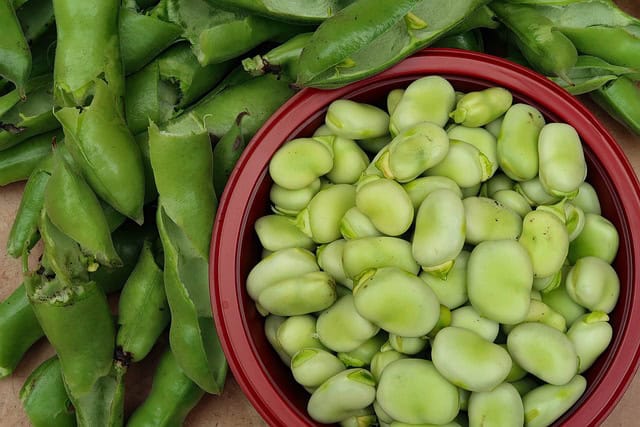
Fava beans are excellent for planting in October, especially in regions with milder winters. Sow seeds about 2 to 4 inches apart and 2 inches deep. This hardy plant needs rich soil with a pH of 6.0 to 7.0, incorporating organic matter for optimal growth. Fava beans can be overwintered and usually take about 80 to 90 days before harvesting.
Alliums
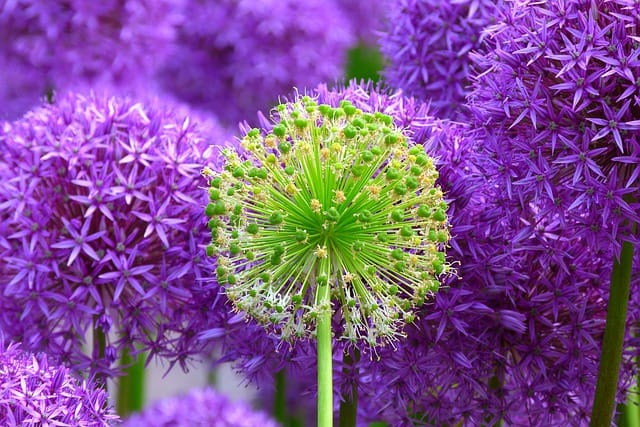
Alliums are versatile, hardy vegetables that can thrive through colder climates.
Garlic
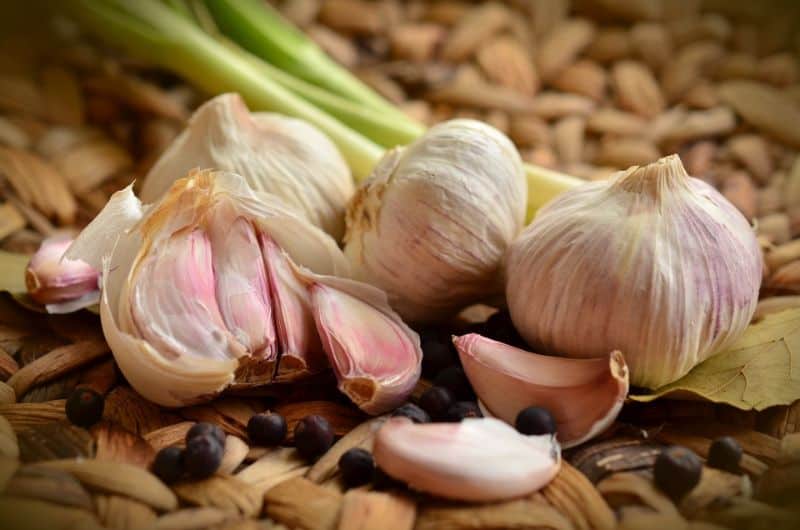
October is the sweet spot for planting garlic, particularly hardneck varieties. Plant individual cloves 2 inches deep and 6 inches apart. Garlic prefers well-draining, sandy soil with a pH of 6.0 to 7.0. Water them lightly, but avoid saturating the soil. Mulching can help protect the cloves during winter. Good care can result in a bountiful harvest in mid-summer, about 9 months after planting.
Onions
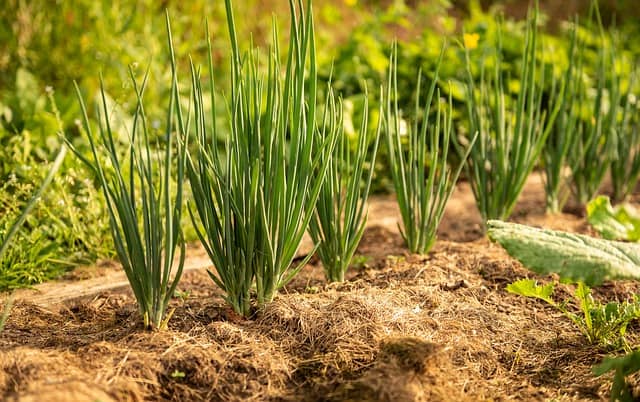
Onions can be started in October using sets or seedlings. Plant them about 1 inch deep and 4 inches apart in well-drained, rich soil with a pH close to neutral. Consistent moisture is paramount, but be cautious of waterlogging. Onions take a long time to mature, about 90 to 120 days, but provide great storage potential for winter use.
Culinary Herbs
Culinary herbs can elevate your cooking and are great adds to October planting.
Parsley
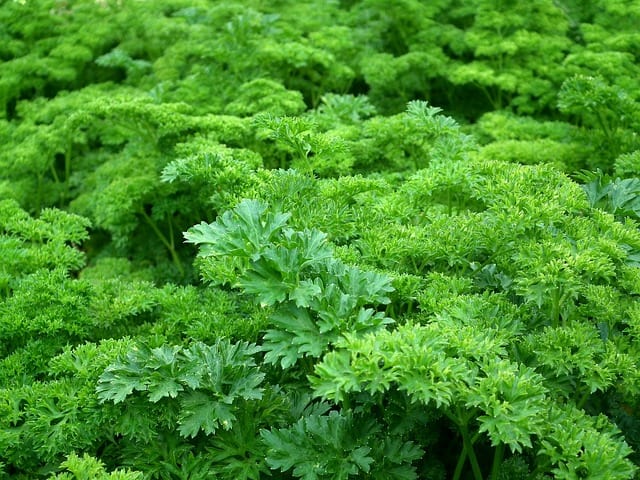
Parsley can be direct-seeded outdoors or started indoors and transplanted. Plant seeds about 1/4 to 1/2 inch deep, spacing them about 6 inches apart. It prefers rich, well-draining soil with a pH of around 6.0 to 7.0. Keep the soil moist during germination, which can take a few weeks. Regular harvesting encourages new growth, allowing you to enjoy fresh seasoning during the fall.
Cilantro
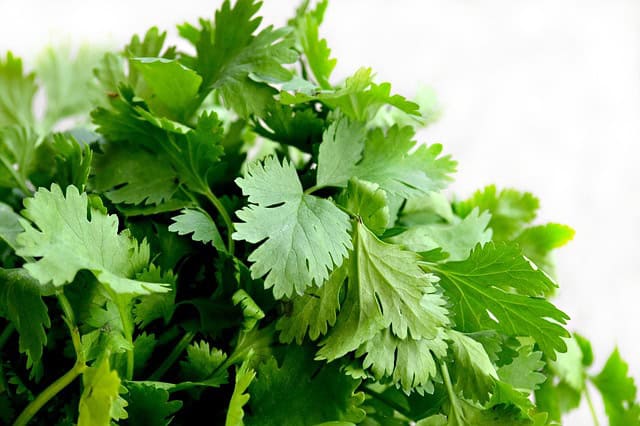
Cilantro grows best in bright sunlight and can be direct-seeded about 1/4 to 1/2 inch deep. Space seeds about 6 inches apart. This herb prefers well-drained soil with a pH of 6.0 to 6.8. Be cautious with watering during dry spells to prevent bolting, which can happen as temperatures fluctuate. Cilantro tends to mature quickly, usually within 3 to 4 weeks, allowing you to enjoy a continuous harvest.
Chives
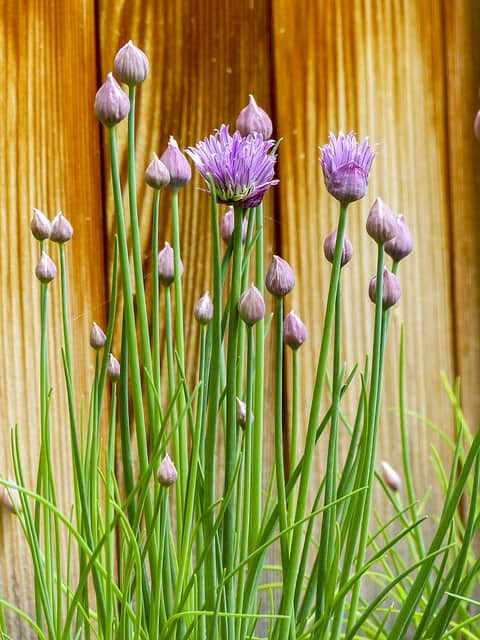
Chives are hardy and can be direct-seeded or transplanted. Sow seeds about 1/4 inch deep or plant divisions about 12 inches apart. They thrive in well-drained soil with a neutral pH. Regular cutting encourages new growth, and with proper care, chives become a dependable source of fresh flavor year-round. They can withstand mild frosts, making them perfect for winter harvesting.
Unique Vegetables
For a touch of uniqueness, these vegetables will add variety to your garden.
Sunchokes (Jerusalem Artichokes)
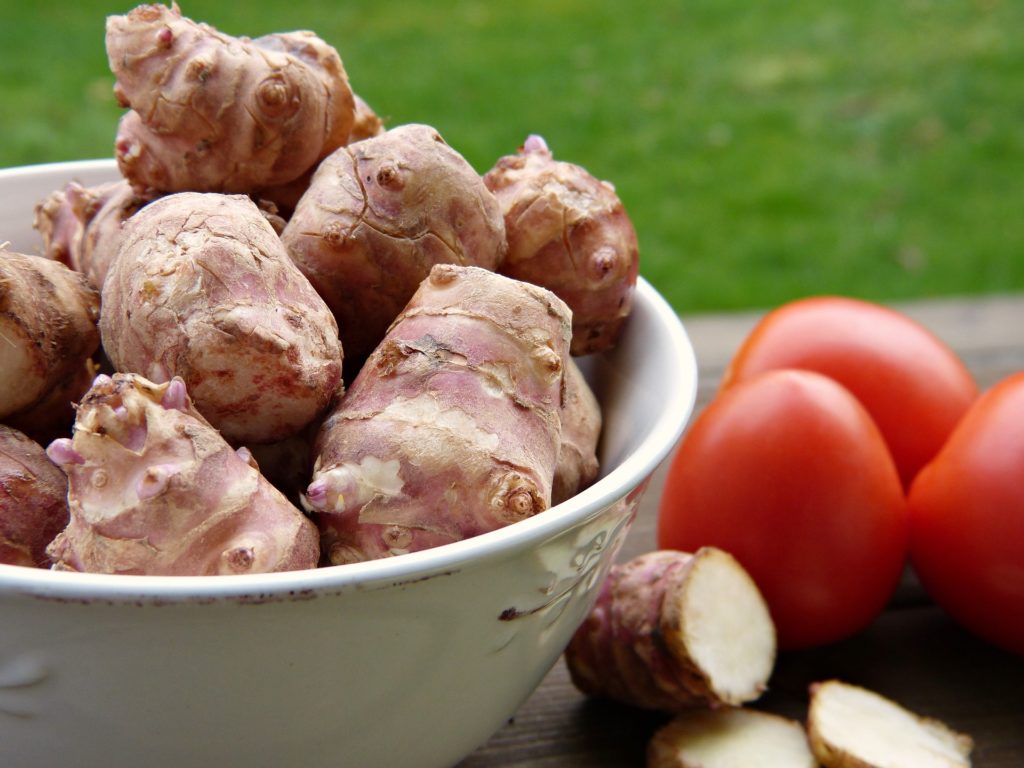
Sunchokes thrive in rich, well-drained soil with a pH of 6.5 to 7.0. Plant tubers about 3-5 inches deep and 12-18 inches apart. They require minimal maintenance but need consistent watering, especially in dry months. Sunchokes can be harvested in late fall or early winter and can be left in the ground for a longer harvest window.
Broccoli Raab
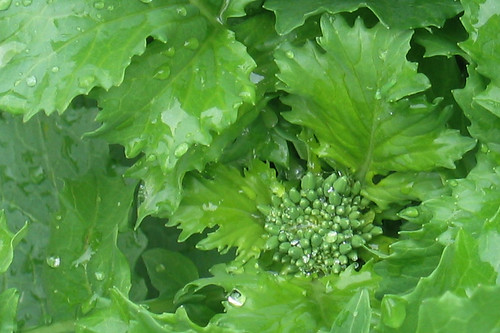
Broccoli raab prefers cooler temperatures, so October is ideal for planting. Direct-seed about 1/4 to 1/2 inch deep, allowing for spacing of 4 to 6 inches between seeds. With soil that’s well-drained and a pH of 6.0 to 7.0, these plants will flourish. Maturity takes about 60 days, and you’ll enjoy flavorful leaves and buds that can be harvested multiple times.
Chinese Cabbage
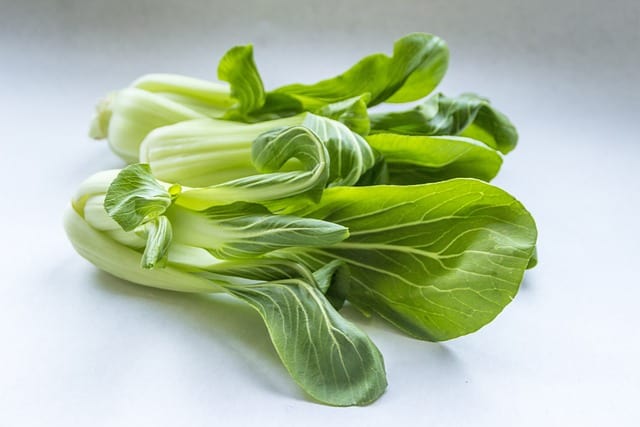
Chinese cabbage thrives in cooler climates, requiring a well-drained, nutrient-rich soil with a neutral pH. Direct-seed at 1/4 to 1/2 inch deep with spacing of 12 to 18 inches between plants. Keep the soil consistently moist, especially until they establish themselves. With a typical growing time of 70 days, you can look forward to a bountiful harvest for stir-fries and salads.
Kohlrabi
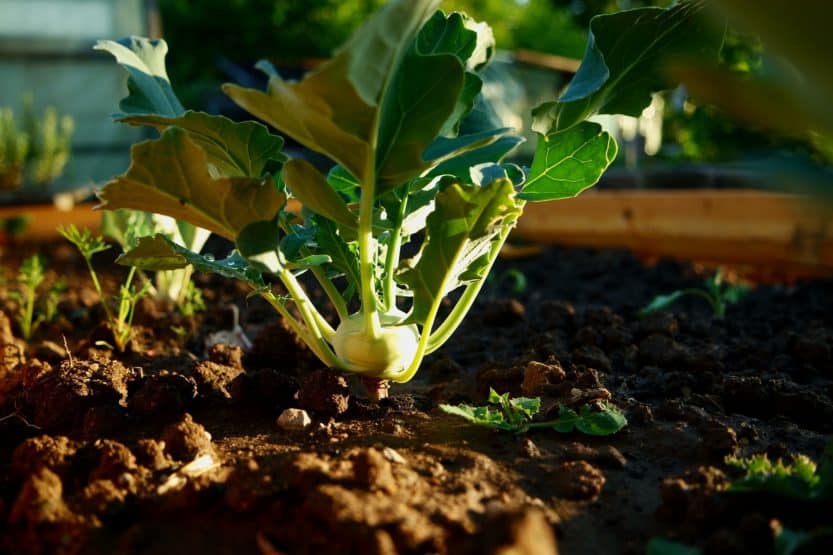
Sow kohlrabi seeds about 1/2 inch deep and 4 inches apart in well-drained soil with a pH of 6.0 to 7.0. These plants thrive in cooler temperatures and usually take around 50 to 70 days to mature. They should be watered consistently to avoid stress, which can lead to woodiness. When harvested at the right time, kohlrabi provides a crunchy, sweet treat perfect for raw or cooked dishes.
Practical Tips for October Planting
To help ensure success in your October planting, here are some practical tips to keep in mind:
Soil Preparation: How you prepare your soil can make or break your crop. Consider conducting a soil test to understand pH and nutrient levels. Amend soil with compost and organic matter as needed.
Seed Selection: Opt for seeds that are non-GMO and suited to your local climate. Visit local gardening centers or online sources that focus on organic seeds, ensuring better adaptability to regional conditions.
Row Covers: When temperatures dip unexpectedly, lightweight row covers can provide vital warmth while still allowing sunlight through. This can be particularly helpful for seedlings that are more susceptible to frost.
Watering: The cooler conditions might mean you need to adjust your watering schedule. Always keep an eye on soil moisture levels to ensure they aren’t drying out while avoiding over-saturation.
Companion Planting: Pairing vegetables can enhance growth and ward off pests. For instance, planting garlic near your leafy greens can help deter aphids. Research beneficial pairings tailored to your selections.
Mulching: A layer of mulch helps regulate temperature, retains moisture, and suppresses weeds, which is particularly helpful as daylight hours shorten during fall.


